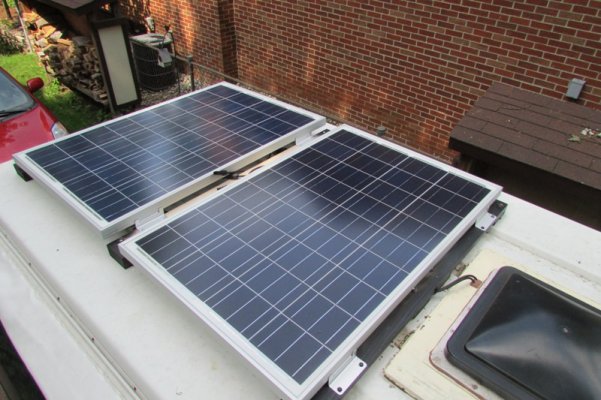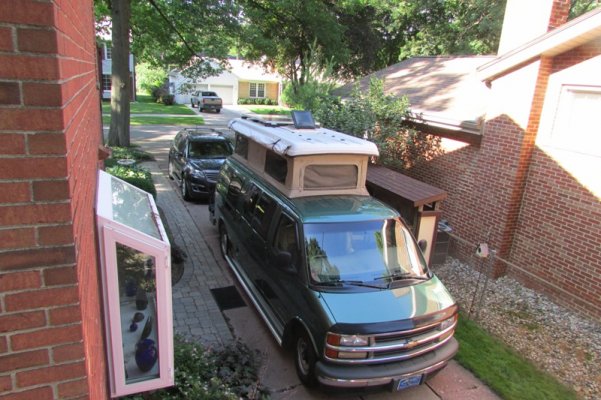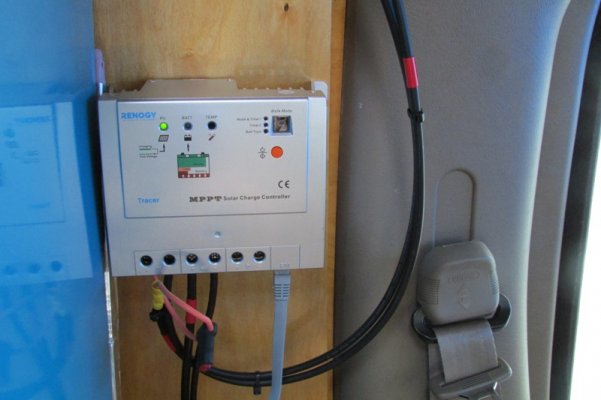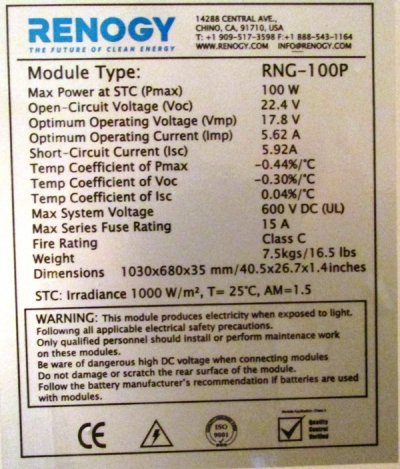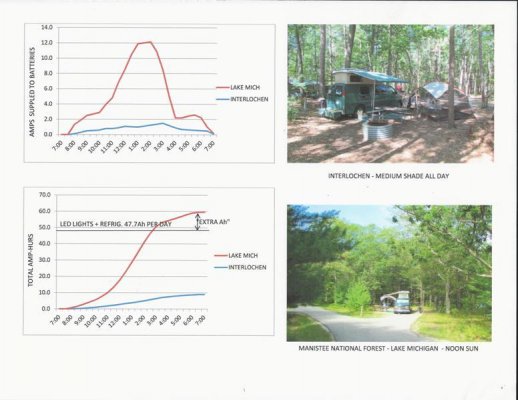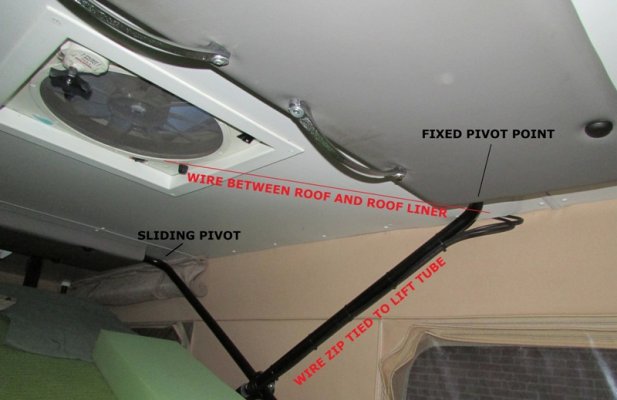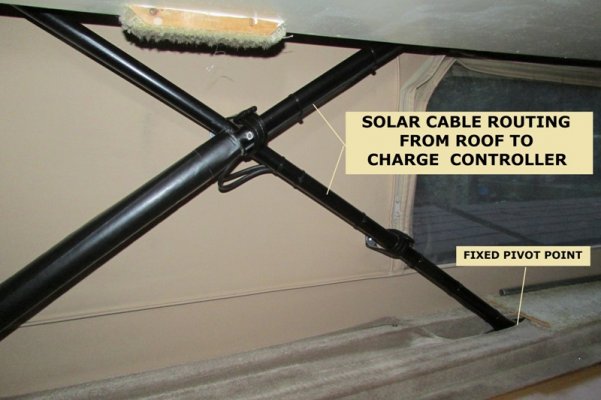Kevin Means
Site Team
The Lifelines you mentioned may be AGM batteries. AGMs are still lead/acid batteries but they're completely sealed and don't require ventilation like standard lead/acid batteries. They're maintenance-free, so there's no need to check the water levels. They're also significantly more expensive than standard lead/acid batteries, but worth it IMO. Just remember that if you make the switch to AGMs, they have a slightly different charging profile, and charging them with a "standard" charger could damage them.
Kev
Kev

